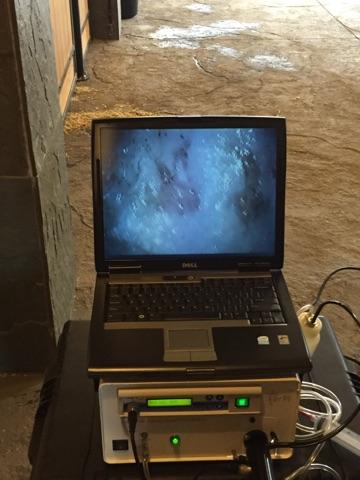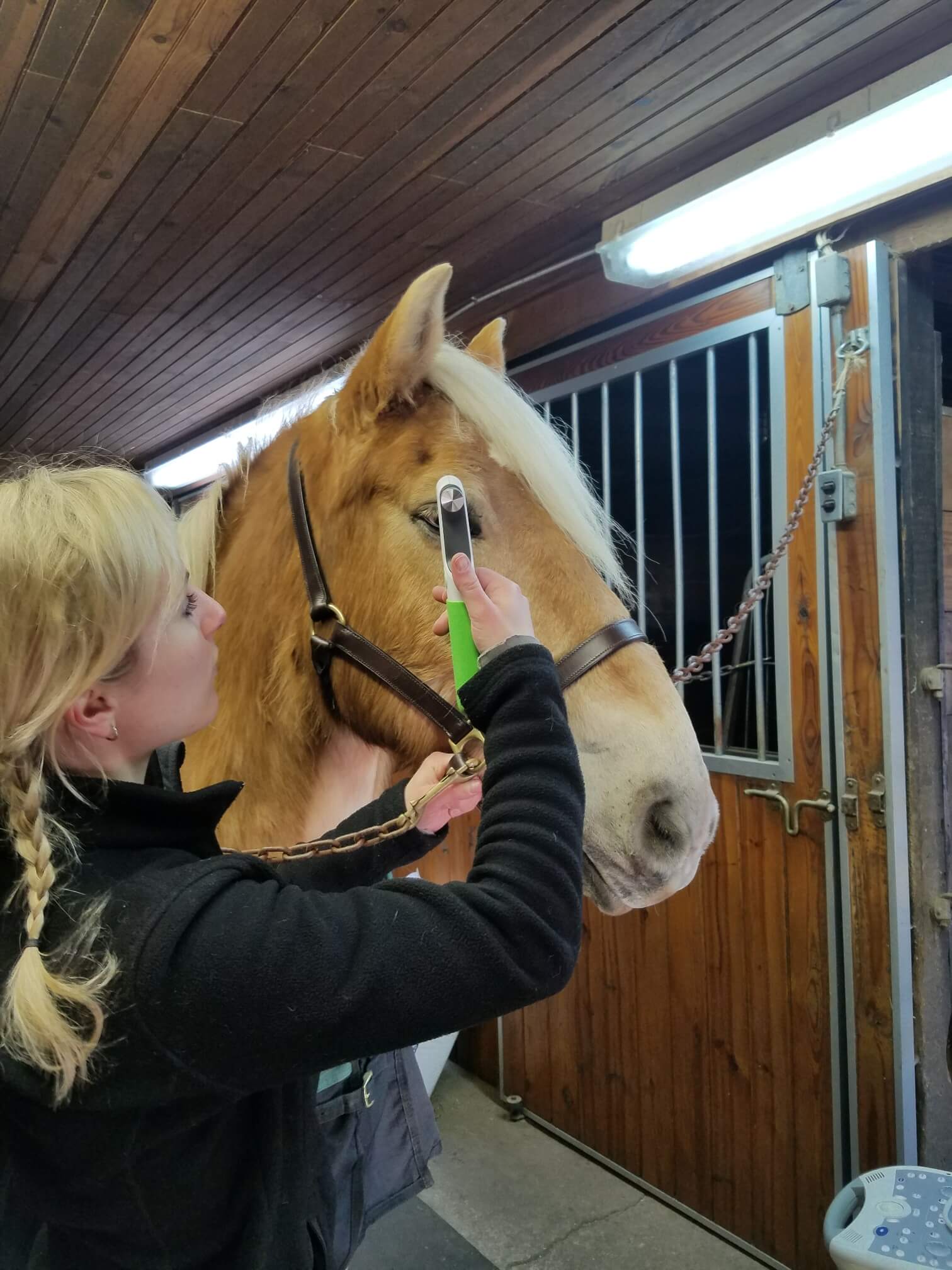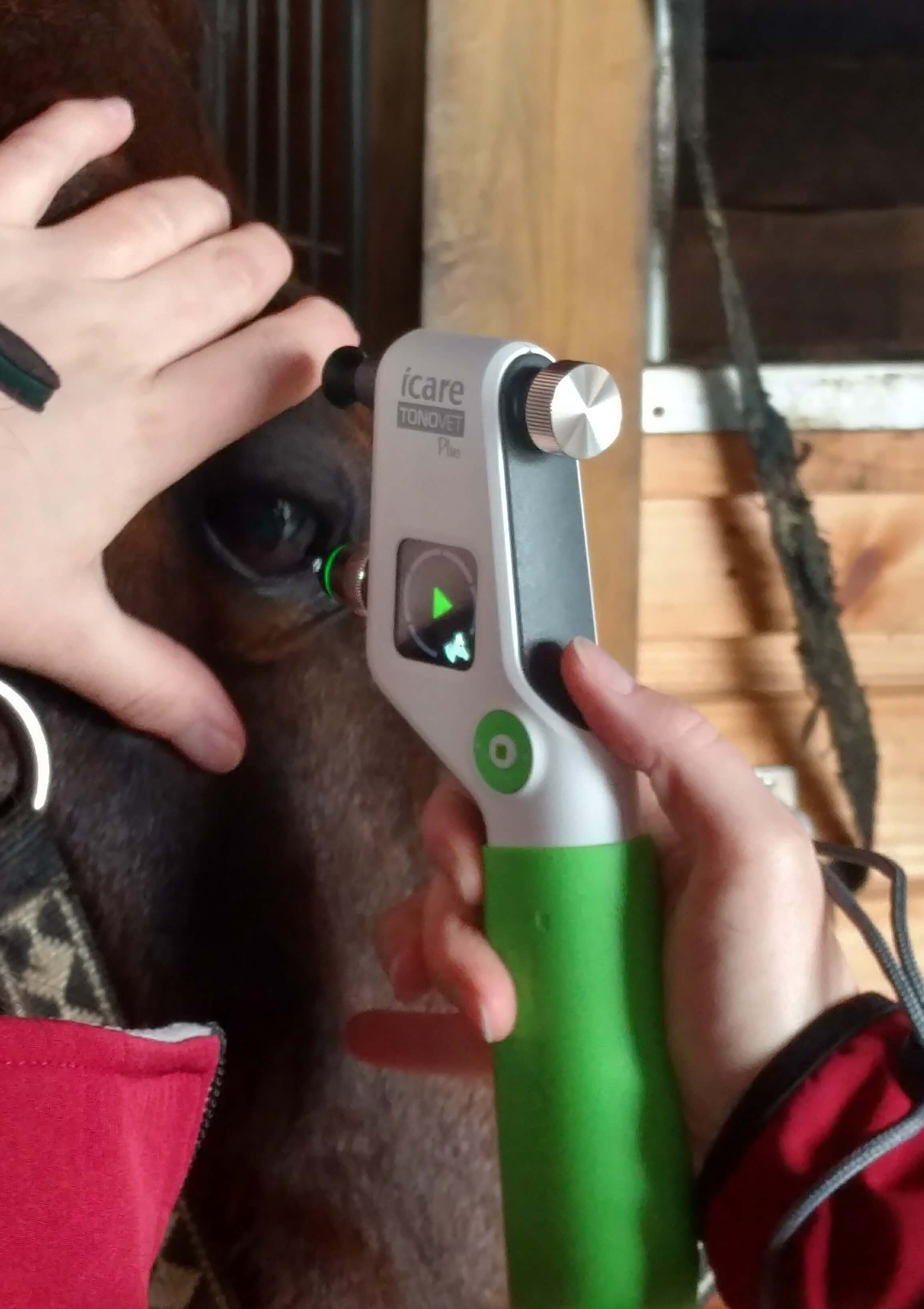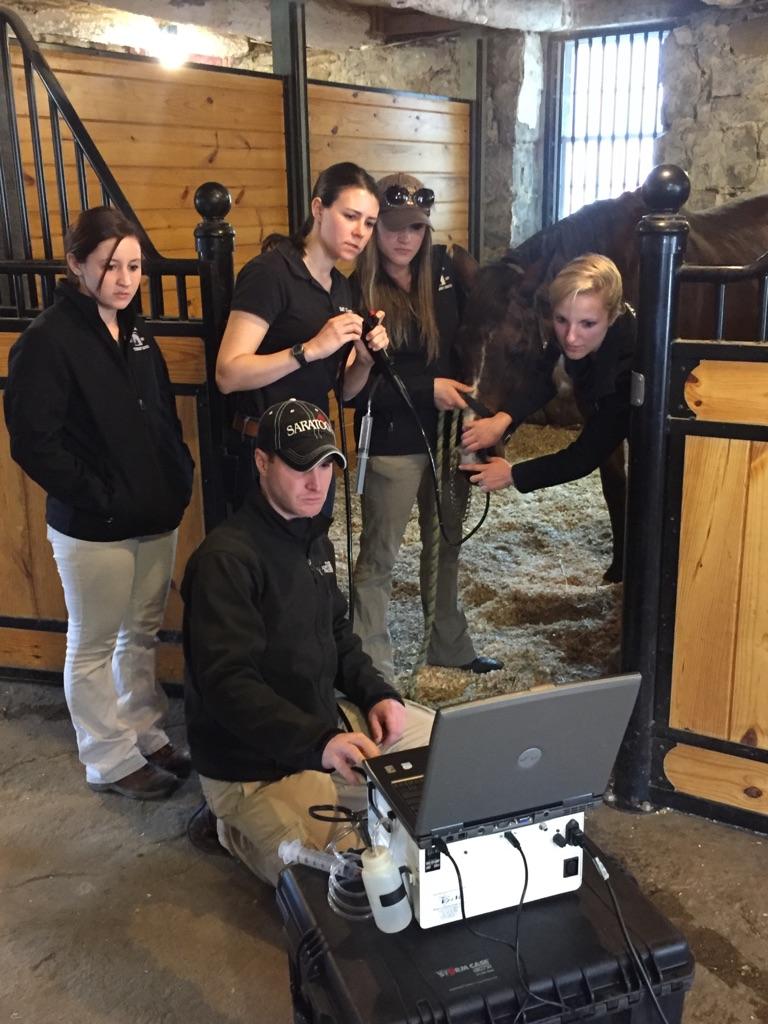Diagnostic Tools & Imagining
Digital Radiography
Digital radiography is cutting edge technology that allows instant visualization of x-rays on a computer screen, and eliminates film. These images can have the brightness and contrast manipulated as well as be enlarged to view small or subtle abnormalities. The images can be burned to a CD, printed out, or e-mailed. Digital radiography is state of the art equipment resulting in increased efficiency in image acquisition and unparalleled image quality.

Endoscopy
Endoscopy provides visual examination of the upper airway from the nasal passage to the end of the trachea. This allows the veterinarian to assess and evaluate the upper-airway for conformational, infectious, neoplastic, traumatic, or neurologic abnormalities. Endoscopy can accompany any pre-purchase/sale examination giving the buyer information needed on the status of the horses upper airway. Lesions or abnormalities within the upper airway can hinder any performance horses ability to perform at competitive levels. Endoscopic examination can determine what the cause of abnormality is and what steps will need to be made to correct the underlying problem. Endoscopy can also provide visual examination of the guttural pouches, and flushing of the guttural pouches can be performed more accurately with the visual aid of an endoscope.

Gastroscopy is the only way to diagnose gastric ulcerations and the best way to monitor response to therapy. Gastroscopy is a relatively non-invasive procedure that involves passing a 3 meter video endoscope into the stomach to check for ulcers. The horse must be fasted prior to the procedure in order to visualize the entire gastrointestinal system. Horses are sedated for gastroscopy to minimize stress to your animal and optimize the evaluation.

TonoVet Plus
The tonometer is a diagnostic tool we use to measure intraocular pressure (IOP). Our tonometer has a light weight rebounding probe that allows for very quick and gentle contact with the surface of the cornea to obtain a reading. IOP is mainly measured in cases of glaucoma, which is increased pressure of the eye typically resulting from inflammation of the eye. Certain conditions that cause intraocular inflammation in horses include uveitis, ocular tumors, or luxation of the lens. One of the most common causes of glaucoma in horse is equine recurrent uveitis (ERU). It may be important to monitor IOP over time in cases of glaucoma as it can potentially lead to vision loss if not controlled. A normal IOP reading is between 17 and 28 mmHg.




